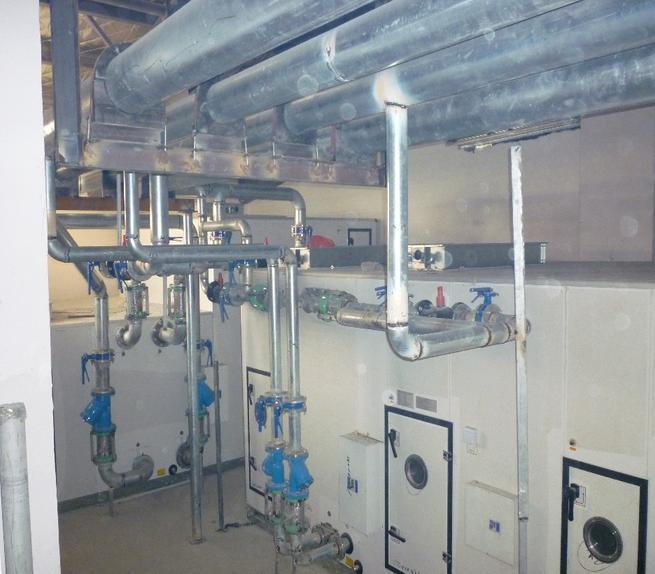Definitions of compressed and liquefied gases
The Definitions of compressed and liquefied gases:
(1) compressed or liquefied gases whose vapor pressure is greater than 294kPa at the critical temperature below 50℃ or at 50℃;
(2) When the temperature is 21.1 ℃, the absolute pressure of the gas is greater than 275kPa, or at 54.4 ℃, the absolute pressure of the gas is greater than 715kPa compressed gas; Or liquefied gases with vapor pressure greater than 275kPa at 37.8 ℃ or dissolved under pressure.
A device for compressing gases
In order to facilitate storage and use, gases are usually compressed or liquefied by cooling and pressurization and stored in cylinders. Owing to the nature of the various kinds of gas, some gas at room temperature, regardless of the amount of pressure also won't add to it into a liquid, but must in pressure at the same time reduce the temperature to a certain value for its liquefaction, the temperature is called critical temperature), under the critical temperature, make the necessary minimum pressure liquefied gas is called critical pressure. Some gases, such as chlorine, ammonia and carbon dioxide, are more readily liquefied and can be made liquid by simple pressure at room temperature. Some gases are more difficult to liquefy, such as helium, hydrogen, nitrogen and oxygen. Therefore, some gases are easily pressurized into a liquid state, while others are still gaseous. Those in the gas state in the cylinder are called compressed gases and those in the liquid state are called liquefied gases. In addition, this class also includes pressurized dissolved gases, such as acetylene.






 Facebook
Facebook YouTube
YouTube LinkedIn
LinkedIn Twitter
Twitter